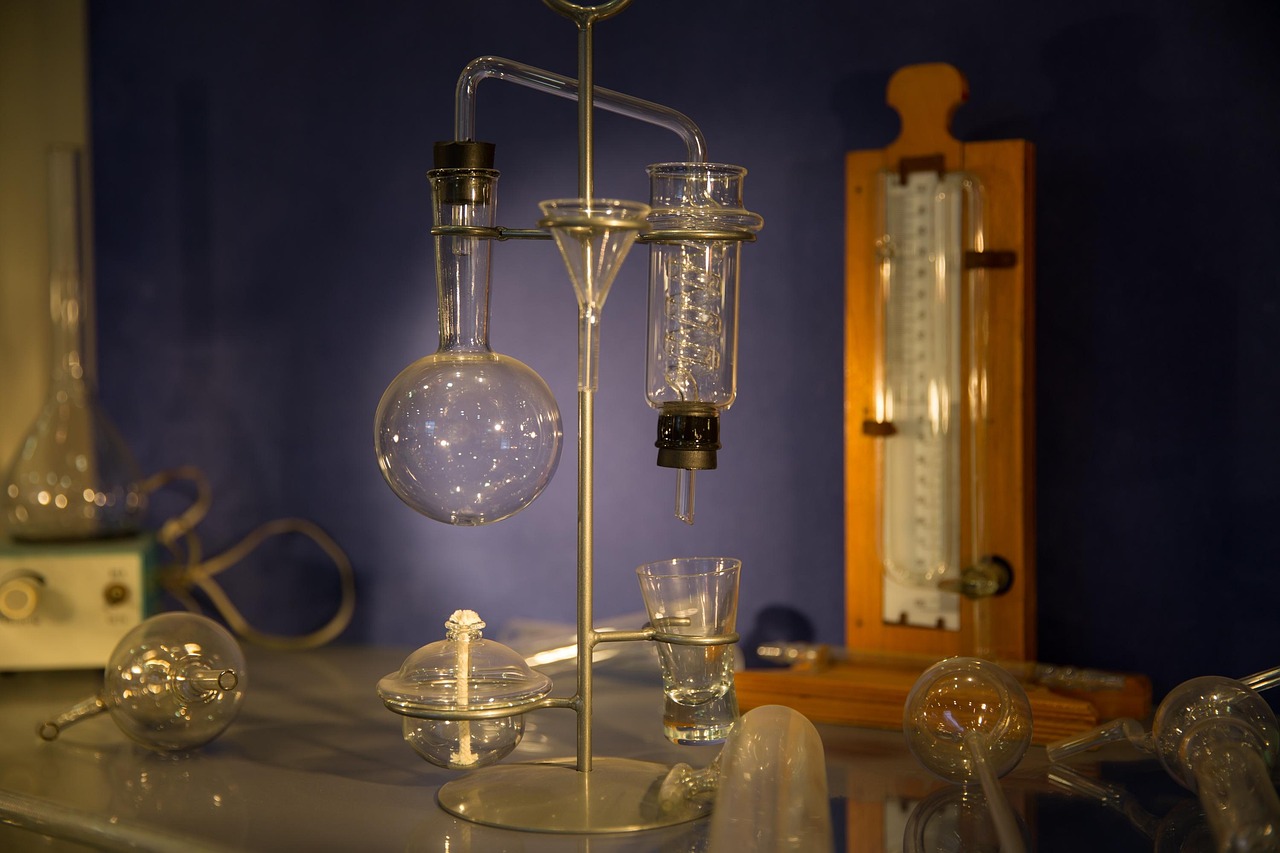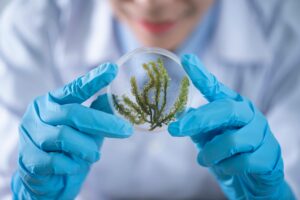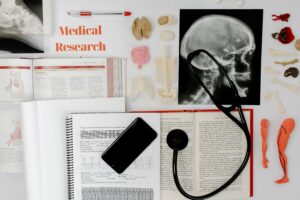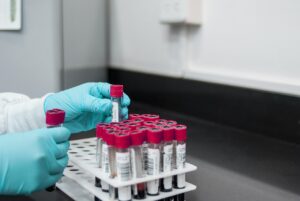Chemistry & Biology: Exploring the Interconnected Sciences of Life
Introduction
Chemistry and biology are two of the most fundamental sciences that explain how life works at every level — from molecules to ecosystems. While chemistry is often described as the “central science” because it connects physics with biology, biology is the science of life itself. Together, they form the foundation of disciplines like biochemistry, molecular biology, pharmacology, genetics, biotechnology, and medicine.
This article explores how chemistry and biology intersect, their importance in scientific progress, and how their relationship is driving innovation in healthcare, agriculture, environmental science, and beyond.
The Relationship Between Chemistry and Biology
At its core, biology is the study of living organisms, and chemistry studies matter and its transformations. Living systems are made of matter, and their processes depend on chemical reactions. Every heartbeat, breath, nerve impulse, and cellular function can be traced back to underlying chemical principles.
For example:
-
DNA, the blueprint of life, is a chemical polymer of nucleotides.
-
Proteins, the workhorses of cells, are chains of amino acids held together by chemical bonds.
-
Photosynthesis, respiration, digestion, and immunity are all biological processes driven by chemical reactions.
Without chemistry, biology would be a descriptive science. Without biology, chemistry would lack the complexity of living systems. Together, they provide a holistic understanding of life.
Historical Perspective: From Alchemy to Molecular Biology
The history of chemistry and biology reveals how closely these sciences have evolved together:
-
Ancient Times – Alchemists sought to understand the “essence of life” through transformation of matter. Early herbalists also discovered medicinal properties of plants, unknowingly combining chemistry and biology.
-
17th – 18th Century – Robert Hooke’s discovery of cells (1665) in biology and Antoine Lavoisier’s establishment of modern chemistry (late 1700s) set the stage for merging these fields.
-
19th Century – Friedrich Wöhler synthesized urea (1828), proving that organic compounds could be created outside living organisms. This was a pivotal moment in connecting chemistry and biology.
-
20th Century – The discovery of DNA’s double helix structure (1953) by Watson and Crick (with Rosalind Franklin’s crucial X-ray data) united biology and chemistry under molecular biology.
-
21st Century – Today, fields like genomics, proteomics, synthetic biology, and chemical biology are revolutionizing medicine, agriculture, and environmental science.
Chemistry in the Service of Biology
Biology is essentially applied chemistry at the molecular level. Here are key areas where chemistry drives biological understanding:
1. Biochemistry
Biochemistry studies the chemical processes within living organisms. It explains how enzymes catalyze reactions, how cells generate energy (ATP), and how genetic information flows from DNA → RNA → Protein.
2. Molecular Biology
Molecular biology merges chemistry and biology to study the structure and function of macromolecules. It has paved the way for genetic engineering, CRISPR gene editing, and modern biotechnology.
3. Pharmacology and Medicinal Chemistry
Medicines are chemical compounds designed to interact with biological targets. Chemistry allows us to:
-
Synthesize new drugs.
-
Understand how they bind to receptors.
-
Minimize side effects and improve efficiency.
4. Neurochemistry
Our thoughts, emotions, and memory are shaped by neurotransmitters — chemicals like dopamine, serotonin, and acetylcholine. Neurochemistry explains how chemical imbalances cause neurological and psychiatric disorders.
5. Environmental Biochemistry
Pollution, climate change, and biodiversity loss can be understood and mitigated by studying the chemical interactions in ecosystems — such as the carbon cycle, nitrogen fixation, and soil chemistry.
Biology Driving Chemistry
While chemistry informs biology, living systems also inspire chemistry:
-
Enzymes have inspired the development of catalysts in industrial chemistry.
-
Photosynthesis inspires artificial methods to harness solar energy.
-
Biomimicry in material science leads to innovations like spider-silk-inspired fibers, gecko-inspired adhesives, and lotus-leaf-inspired water-repellent surfaces.
This feedback loop makes biology a rich testing ground for chemistry and vice versa.
Applications of Chemistry & Biology in Modern Science
1. Medicine and Healthcare
-
Drug Discovery – New antibiotics, antivirals, and anticancer agents emerge from chemical-biological studies.
-
Personalized Medicine – By combining genetics (biology) with pharmacology (chemistry), doctors can design treatments tailored to individual patients.
-
Vaccines – Chemistry helps design stable vaccine formulations, while biology studies immune responses.
2. Agriculture and Food Science
-
Fertilizers & Pesticides – Chemistry develops compounds that boost crop yield, while biology ensures they are safe and sustainable.
-
Genetically Modified Crops – Biotechnology (a blend of chemistry and biology) creates crops resistant to pests, diseases, and climate change.
-
Food Chemistry – Understanding proteins, fats, and carbohydrates helps improve nutrition and food preservation.
3. Energy and Environment
-
Biofuels – Derived from plant and microbial sources using biochemical processes.
-
Green Chemistry – Developing environmentally friendly chemical processes inspired by natural systems.
-
Carbon Sequestration – Using microbes and chemical processes to capture atmospheric carbon dioxide.
4. Forensic Science
Forensic biology uses DNA fingerprinting, while chemistry provides toxicology tests and material analysis. Together, they solve crimes and identify unknown substances.
5. Synthetic Biology
This cutting-edge field engineers organisms with new chemical pathways — enabling the production of medicines, fuels, and materials previously unavailable in nature.
Case Studies: Real-World Examples
-
CRISPR-Cas9 Gene Editing – A biological defense system repurposed with chemical precision to edit DNA, revolutionizing genetics.
-
mRNA Vaccines (COVID-19) – A fusion of biochemistry and nanotechnology, where lipid nanoparticles deliver chemical instructions (mRNA) to human cells.
-
Penicillin Discovery – A biological observation (mold killing bacteria) led to chemical purification of penicillin, saving millions of lives.
-
Photosynthesis Research – Studying plant biology at the molecular level has inspired artificial photosynthesis to create clean fuels.
Challenges at the Intersection of Chemistry & Biology
Despite the progress, challenges remain:
-
Complexity of Biological Systems – Living organisms are dynamic and unpredictable compared to chemical reactions in controlled labs.
-
Drug Resistance – Overuse of antibiotics leads to bacterial resistance, requiring new chemical innovations.
-
Ethical Concerns – Genetic engineering, cloning, and synthetic biology raise moral debates.
-
Environmental Impact – Industrial chemistry often harms ecosystems, demanding greener alternatives.
Future Directions: The Promise of Chemical-Biological Research
The future of science lies in deeper integration of chemistry and biology:
-
Nanomedicine – Using nanoparticles to deliver drugs directly to diseased cells.
-
Artificial Life – Creating synthetic organisms for research and industry.
-
Chemical Genomics – Mapping how small molecules interact with genes and proteins.
-
Personalized Nutrition – Tailoring diets using biochemical insights into metabolism.
-
Brain-Computer Interfaces – Combining neurochemistry and bioengineering for next-gen communication tools.
As technology advances, the boundaries between chemistry, biology, and even physics are dissolving — leading us toward convergent sciences that can solve global challenges.
Conclusion
Chemistry and biology are not isolated sciences but two sides of the same coin. Chemistry provides the molecular tools, while biology offers the living canvas. Together, they explain the complexity of life, guide innovations in healthcare, agriculture, and energy, and inspire sustainable solutions for the future.
By studying their interconnections, humanity gains the power not only to understand life but also to reshape it responsibly. Whether it is curing diseases, producing sustainable energy, or protecting ecosystems, the collaboration between chemistry and biology will continue to shape our world in profound ways.
https://bitsofall.com/improving-data-driven-decisions/
https://bitsofall.com/https-www-yourblog-com-predictive-modeling-science-of-forecasting-with-data/
Bio-Inspired Machine Learning: Learning from Nature to Build Smarter AI





